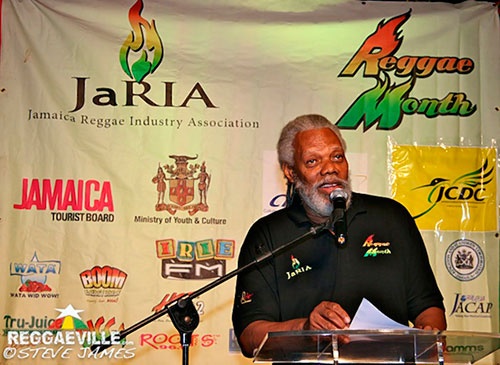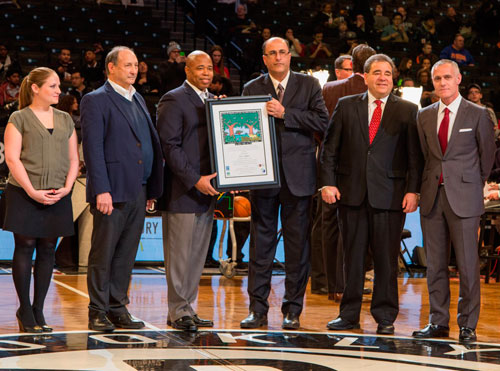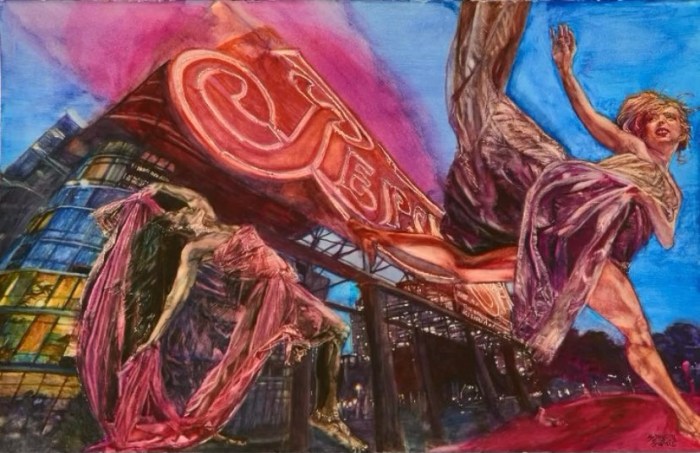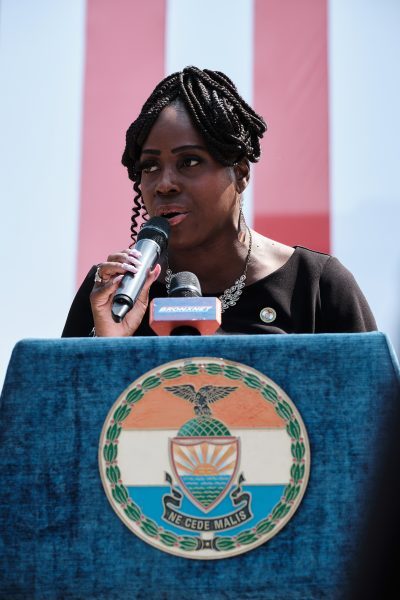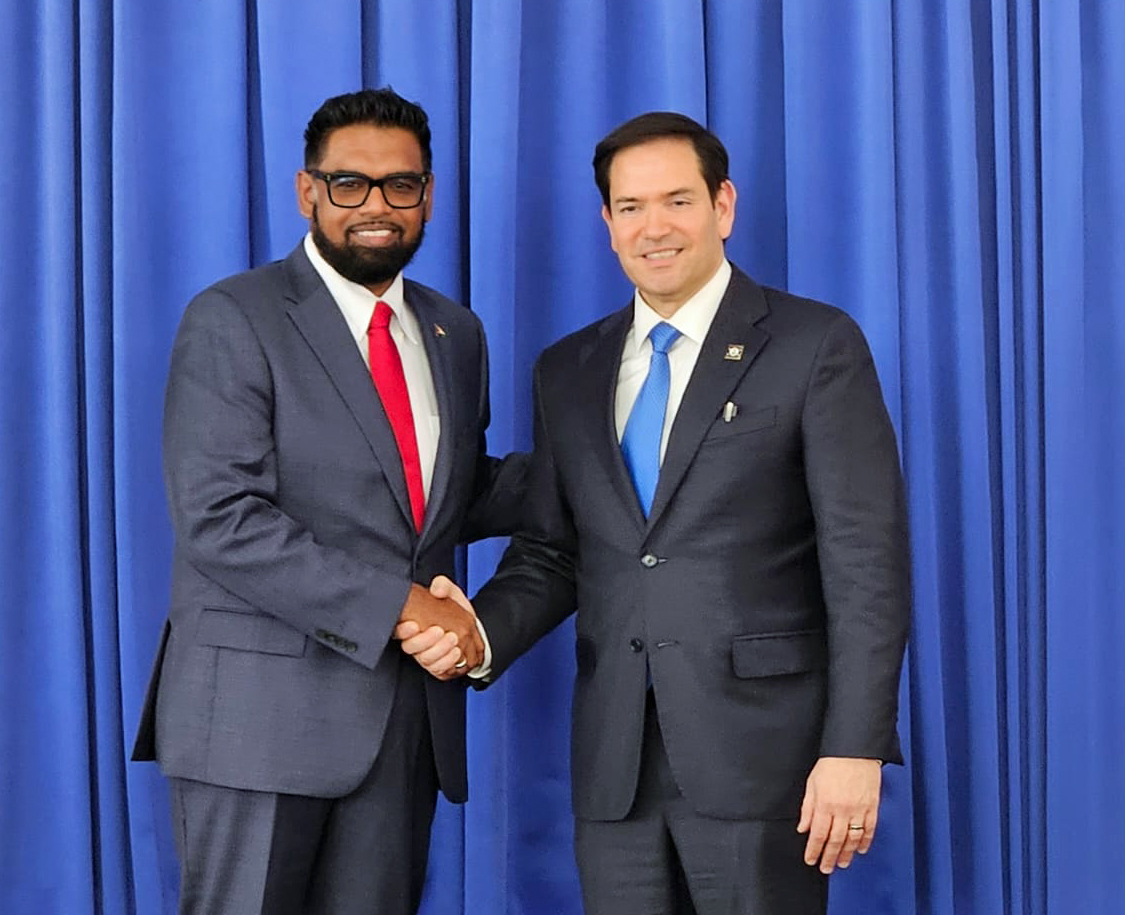Perhaps, the most offensive description of mediocrity might resonate as insulting when a critic compares structures and polices of developed nations to those of “banana republics” or Third World countries.
Vice President Joe Biden used the reference in 2014 to opine on conditions at New York’s La Guardia Airport.
“If I blindfolded someone and took them at 2 o’clock in the morning into the airport in Hong Kong and said, ‘Where do you think you are?’ They’d say, ‘This must be America. It’s a modern airport.’ If I took him blindfolded and took him into LaGuardia Airport in New York, you must think ‘I must be in some Third World country.'”
Needless to say his parallel did not go unnoticed, the candid comment from the second-most powerful American seemed a damning assessment of the state’s domestic airport.
The governor of the state, the mayor of city and port authority officials who operate the facility took note and expressed compulsion to disprove the image and perhaps shared world view of the city and states’ secondary arrival and departure airport.
“Biden’s remark was a huge motivating factor and in fact the governor has said he was galvanized by it and that’s really the start of the whole new LaGuardia,” Rick Cotton, executive director of Port Authority said.
With little or no support from the former presidential administration to improve infrastructures in New York, the airport now has bragging rights.
Ironically, the most vocal critic is now the principal proponent of funding infrastructure projects throughout the nation, president of the United States and witness to La Guardia’s elevation to first world status.
Since making the descriptive parallel, the Queens-based terminal and runway have been named the first airport in the world with dual sky-bridges – east and west (the latter spanning 482 feet connecting the concourse to the arrivals’ and departure hall).
Terminal B received the prestigious UNESCO Prix Versailles architecture and design award in the airport category.
Thanks in part to twin sisters Deryl and Cheryl McKissack, CEO and president of the longest minority, owned construction company in America — McKissack & McKissack. Hired to transform the decadent transportation hub shamed by the White House, together they took over the business their parents bequeathed them.
Following in their mother Leatrice’s footsteps in 2000, they took control. The first step was a giant leap from Nashville, Tennessee to New York City. Here they established a headquarters that now boasts a diverse staff comprising 61 percent racially mixed minorities, 34 percent, women.
Since moving north they won bids to overhaul Long Island’s railroad hub at Atlantic Ave. — which runs beneath Brooklyn’s Barclays Center, a park in downtown Brooklyn and outright practically handed a greenlight to revamp the borough’s landscape.
No wonder they regularly acknowledge the reception here for being a good business move.
“All the work that we’ve done outside of New York, it didn’t matter in New York.”
As head of the nation’s oldest Black-owned construction company, reportedly the McKissacks have been assigned “to just about every major infrastructure improvement project financed by the city and state.”
Reportedly, the fifth generational benefactors inherited the knack for business from centuries-old family tradition started by their southern great, grandfather Moses.
“Our roots go back to before the Civil War when a slave named Moses McKissack learned the building trade from his overseer.”
Cheryl told CBS News that despite bondage from enslavement in Tennessee, two hundred years ago Moses made lemonade from lemons by starting what became a tradition. Apparently, owned by a Scottish enslaver, Moses McKissack acquired skills he learned from his master who tasked him a brick-maker.
Moses passed on the skill to his son (her father) and his brother. Together they incorporated the trade in 1905. For almost six decades the pair built homes, hospitals and colleges. As a matter of fact, their expertise is best represented at the Tuskegee Air Force base where African-American pilots trained for World War II.
The family legacy further expanded when their father, William inherited the business in 1968.
“We would go to work with him every Saturday starting at 10 years old,” the enterprising Black sisters reflected, “walking construction sites, tracing documents, you know, learning about building systems early in life.”
“It was all ingrained in us.”
Unfortunately, their father suffered a stroke in 1982.
But his legacy continued when their mother Leatrice filled the big shoes he walked in. According to Cheryl, despite having no experience in architecture, her mother, a former schoolteacher, took the family business to a new-found pinnacle. Some of her notable projects included the $50 million complex at Howard University and a building at the National Civil Rights Museum in Memphis, Tennessee.
The McKissacks expressed hopes of being role models to little Black girls who may not know that “the construction industry can build wealth.”
More than that they want them to know that companies can “be led by folks who look just like them.”
Gov. Kathy Hochul said that “The new facility is a reflection of the state of New York’s dedication to infrastructure and economic progress.” The newly-installed state leader said she wants to invite President Biden to Terminal B to see the improvements made and to “show him we listened.”
During Black History Month and through next month’s acknowledgement of Women’s History Month and beyond, five generations of McKissacks merit acknowledgement.
Catch You On The Inside!



